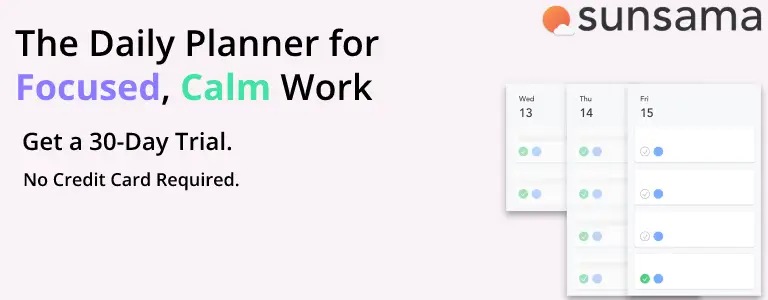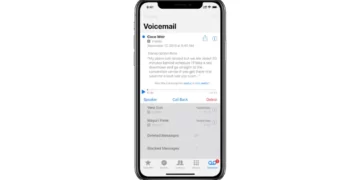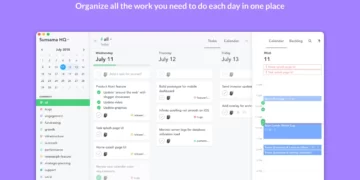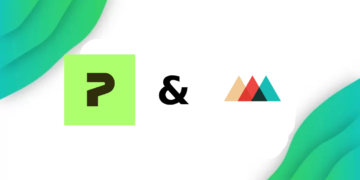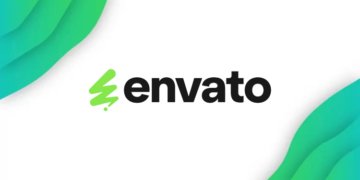You might’ve recently noticed some green check marks appearing next to some or all icons on your computer’s desktop, especially if you recently got a new laptop, so what does that mean?
A green check mark appearing next to a desktop icon means that the file has been backed up by Microsoft OneDrive to their cloud servers. Files with a green check mark can be downloaded to any computer where you are logged in OneDrive.
Backing up your important files to OneDrive is always a good idea since if any issue happens to your computer that makes your data unrecoverable, you can always have a copy stored in the cloud, which you can easily download to any device that supports OneDrive.
Types of Green Check Marks in OneDrive
OneDrive has 2 different types of green check marks that can appear next to your files, and there is a difference between each of them.
Solid Green Check Mark
If you see a solid green check mark next to the title of your icon or the icon itself, then that means that the file is stored online in your OneDrive account, and it is also available on your computer and taking hard drive space. These files are always kept available on your device, even without an internet connection.
Green Outlined Check Mark
You might also notice a different check mark appear next to your desktop icons. If you see a green outline of a circle with a check mark, then that means that the file was originally only available online, but has been downloaded so you can view it on your device.
OneDrive Status Icons
Green check marks aren’t the only icons that can show up next to your desktop icons, OneDrive has many status icons that can tell you more about your file.
Red Cross
A red cross next means that your file is unable to sync with OneDrive’s cloud servers, this could be due to your files being corrupted, unsupported, or an issue with your account or the OneDrive servers.
Blue Cloud
If you see an outline of a blue cloud next to your icon, that means that the file is only available online, and no copy of it exists locally on your device. These files don’t take up space on your computer, and can only be opened when your device is connected to the internet.
Padlock Icon
Sometimes you might also see a small padlock icon next to your files, this usually means that the files settings prevent it from syncing online with OneDrive.
How To Remove Check Marks on Desktop
If you don’t like seeing those green check marks next to your desktops, there is a couple of ways to remove them, however, some of them will force your files to stop syncing with the OneDrive servers, which means you’ll no longer have a backup of your files.
Pause Syncing
This is only a temporary solution, and won’t keep the green checks away indefinitely. This might be a good option if you want to take a screenshot of your desktop, and don’t like the look of the green checks.
Step 1: Open OneDrive by clicking on the icon in the taskbar or system tray.
Step 2: Click on the gear Icon in the top right corner to open the settings tab.

Step 3: Click on Pause syncing and then select a time, the available options are 2 hours, 8 hours, and 24 hours.
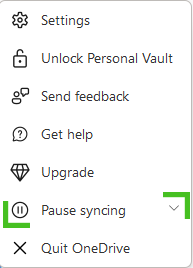
This will only stop your files from syncing with the cloud temporarily, and they’ll back to syncing after the time you selected is over. If you want a permanent option, then keep reading.
Disable Desktop Backup
OneDrive backups up your desktop, documents, and photos automatically, so this is the reason you might’ve started seeing those green checkmarks, so it can be a good idea to disable them to save extra OneDrive space. I wouldn’t recommend doing this for important files, since you can easily lose them.
Step 1: Open OneDrive by clicking on the icon in the taskbar or system tray.
Step 2: Click on the gear Icon in the top right corner to open the settings tab.
Step 3: Click on Settings
Step 4: Navigate to Backup and click Manage Backup
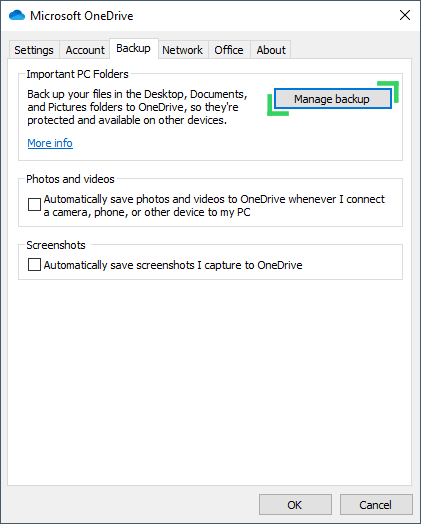
Step 5: Unselect Desktop and click Stop Backup if it appears.

Disable Keep On This Device
This feature is pretty neat since it lets you delete the local copy of your file, and only use the one available online, this will also get rid of the green check mark indefinitely, however, I would only use this if you still want your files to backed up to OneDrive, but want to free up some space on your local device.
Step 1: Right-click on an icon with a green check mark
Step 2: Disable Keep On This Device
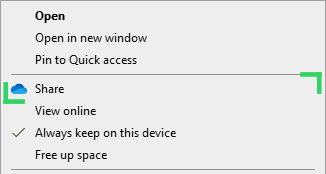
Step 3: Repeat for every File
Delete OneDrive
Your computer may have came with OneDrive pre installed, or you might’ve been using it at an old job and you don’t need it anymore, whatever the reason, you might be better off deleting OneDrive all together.
Rebuild Icon Cache
If the icons still have green checkmarks near them, then there might be an issue with the icon cache, so it is always a good idea to rebuild it after doing any changes to the icons. There are two ways you can rebuild the icon cache, the first way involves using the command prompt, and the second one requires you to navigate through the file manager.
Option 1: Using Command Prompt
Step 1: Open the command prompt by searching CMD in the taskbar search
Step 2: Copy and paste each of the following commands one at a time into the command prompt, and press Enter after each command.
ie4uinit.exe -show
taskkill /IM explorer.exe /F
DEL /A /Q “%localappdata%\IconCache.db”
DEL /A /F /Q “%localappdata%\Microsoft\Windows\Explorer\iconcache*”
shutdown /r /f /t 00
After running the last command, your PC will automatically restart to save the changes and download the new Icon Cache
Option 2: Using file Explorer
Step 1: Search “Run” in the taskbar.
Step 2: Type %localappdata% and press enter.

Step 3: At the top left click the “view” tab and turn on “Hidden Items“.

Step 4: Right click on IconCache.db and click on Delete.
Step 5: Click on Yes to confirm the deletion of the file.
Step 6: Go to the Desktop
Step 7: Right click on the Recycle Bin.
Step 8: Press Empty Recycle Bin.
Step 9: Restart your computer.
Conclusion
You might’ve only noticed those green checkmarks recently, or they might’ve been nagging you for a long time, either way, you now know how to remove them, and why they are there in the first place.




